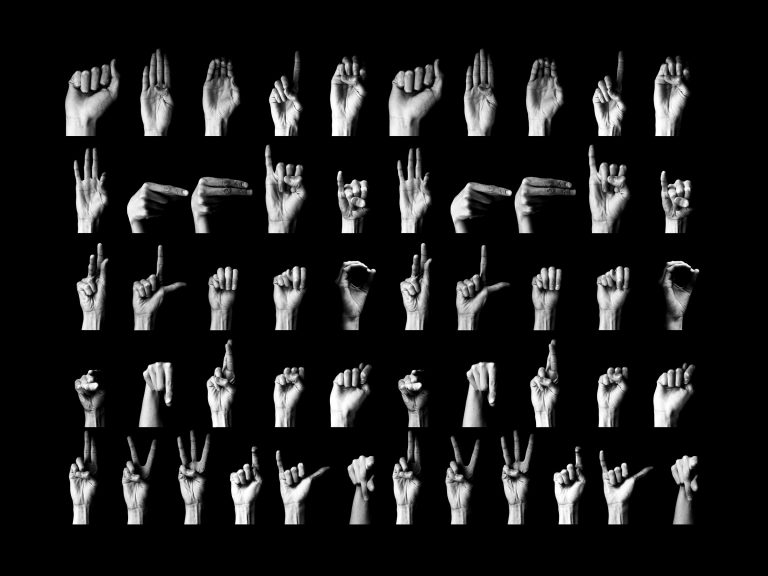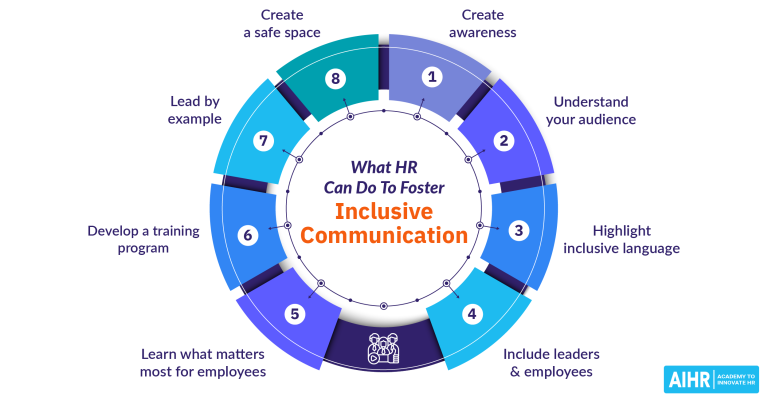Body Language Of Sadness
Do you know that our bodies can reveal emotions without us even saying a word? It’s true! Today, we are going to explore the fascinating world of the “Body Language of Sadness.” From the drooping of shoulders to the watery eyes, our bodies have a unique way of communicating when we’re feeling down. So, let’s dive in and discover the subtle cues that give away our sadness.
When we’re feeling sad, our body language can change in noticeable ways. Have you ever noticed someone slumping their shoulders or hanging their head low? These are common signs of sadness. Our bodies naturally respond to our emotions, and they can sometimes betray how we truly feel. But that’s not all! There are many more intriguing aspects of the body language of sadness that we’ll explore together in this article.
Picture this: your best friend enters the room, and you instantly notice a change in their facial expressions. Maybe their brows are furrowed, and their smile has vanished. These are known as microexpressions, tiny fleeting expressions that reveal how someone is truly feeling. In the case of sadness, these microexpressions can be crucial in understanding someone’s emotional state. Stay with me as we uncover the secrets of the body language of sadness and learn how to decipher these nonverbal cues like a pro.

The Body Language of Sadness: Understanding Nonverbal Cues
Welcome to our in-depth exploration of the body language of sadness. While words may convey our emotions, our bodies also have a voice of their own. Understanding the nonverbal cues associated with sadness can provide valuable insights into the emotional state of others, deepen our empathy, and improve our communication skills. In this article, we will delve into the various aspects of body language that signal sadness, decoding the messages conveyed through facial expressions, gestures, and posture.
The Face of Sadness: Understanding Facial Expressions
Our faces are incredibly expressive, revealing a wealth of emotions. When it comes to sadness, specific facial expressions are typically associated with this feeling. One of the key indicators of sadness is a downturned mouth, with the corners of the lips pulled downward. Furrowed brows and a wrinkled forehead also contribute to the overall expression of sadness. Additionally, individuals experiencing sadness may display a loss of eye contact, as they tend to look downward or avert their gaze from others.
It’s important to note that while these facial cues are commonly associated with sadness, interpreting emotions solely based on facial expressions can be challenging. Cultural differences and individual idiosyncrasies can influence the way individuals express their emotions. Therefore, it’s crucial to consider the broader context, accompanying body language, and verbal cues when assessing someone’s emotional state.
In addition to these facial cues, tears are a significant physical manifestation of sadness. While tears can vary in intensity, they often serve as a visible symbol of emotional distress. When someone is crying, it’s a clear indication that they are experiencing a deep sense of sadness or grief. Offering support and empathy during these moments can provide comfort and reassurance.
The Language of the Body: Gestures and Posture in Sadness
When individuals feel sad, their body language can subtly change, reflecting their internal emotional state. One common gesture associated with sadness is the act of self-comforting. People may instinctively hug themselves, cross their arms, or wrap their arms around their torso in an attempt to find solace and comfort. This self-soothing behavior provides emotional support and creates a sense of security.
Posture is another key indicator of sadness. Slumped shoulders, a rounded back, and a general lack of energy may suggest a person is feeling downcast and disheartened. This closed-off posture is often accompanied by a downward gaze, reinforcing a sense of introspection and withdrawal. These physical cues can provide valuable insights into someone’s emotional well-being and can guide our actions to show support and compassion.
It’s essential to emphasize that while these body language cues can offer valuable clues about someone’s emotional state, it’s crucial to approach these interpretations with caution. Each person is unique, and their body language may not always align perfectly with societal expectations. Building emotional intelligence and open, non-judgmental communication can help us better understand and support those who may be feeling sadness.
Analyzing Microexpressions: Uncovering Hidden Emotions
Beyond the more obvious facial expressions associated with sadness, there are also microexpressions that can provide insights into genuine emotions that may be momentarily concealed. Microexpressions are fleeting facial expressions that occur in a fraction of a second and often reveal an individual’s true emotions. By paying close attention to these subtle cues, we can gain a deeper understanding of the body language of sadness.
Some common microexpressions associated with sadness include a subtle drooping of the lips, an almost imperceptible eyebrow raise, or a fleeting hint of tears glistening in the eyes. These momentary flashes of emotion can be quick and challenging to catch, requiring heightened observation skills. However, recognizing these microexpressions can help us become more perceptive and attuned to the emotions of others, allowing us to respond with empathy and support.
It’s important to remember that microexpressions are just one piece of the puzzle when deciphering someone’s emotions. While they can offer valuable insight, it’s crucial to consider them alongside other nonverbal cues, verbal communication, and the context of the interaction to gain a comprehensive understanding of someone’s emotional state.
The Impact of Sadness on Communication and Relationships
Sadness, being a universal human emotion, plays a significant role in our interpersonal relationships and communication dynamics. Understanding the body language of sadness can enhance our ability to connect with others on a deeper level and empathize with their struggles. By recognizing and appropriately responding to these nonverbal cues, we can create a safe and supportive space for individuals experiencing sadness.
When interacting with someone who is displaying signs of sadness, it’s essential to approach them with kindness, patience, and sensitivity. Providing a listening ear, offering comfort through touch or a gentle voice, and refraining from judgment can make a significant difference in their emotional well-being. Remember, each person’s experience of sadness is unique, so it’s crucial to adjust our approach based on their specific needs and preferences.
Furthermore, understanding the body language of sadness can also prevent misunderstandings and miscommunications in our relationships. By recognizing the signs of sadness in our loved ones, friends, or colleagues, we can be more attuned to their emotional needs and tailor our interactions accordingly. This deeper understanding fosters stronger connections and supports the overall well-being of our relationships.
Body Language Tips for Expressing and Recognizing Sadness
While recognizing the body language of sadness in others is important, it’s equally crucial to understand how we can effectively express our own feelings of sadness. Here are some helpful body language tips:
- Allow yourself to feel and express your emotions authentically. Suppressing or denying sadness can have detrimental effects on your emotional well-being.
- If comfortable, openly communicate your feelings to trusted individuals in your life. Sharing your experiences can provide a sense of relief and may help others understand and support you better.
- Pay attention to your body language and how it reflects your emotional state. Allow yourself to adopt postures and gestures that feel natural to you and convey your emotions genuinely.
- Practice active listening and observation when interacting with others. By attentively observing their body language, you can better gauge their emotional state and respond appropriately.
- Ask open-ended questions and offer support to those who may be displaying signs of sadness. Your empathetic approach can make a world of difference in their lives.
Recognizing Sadness: The Power of Nonverbal Communication
The body language of sadness carries a wealth of information about our emotional well-being. By understanding the various nonverbal cues associated with sadness, we can develop empathy, deepen our connections with others, and become more skilled communicators. Remember, true understanding requires that we consider the broader context, verbal cues, and individual differences. By combining our newfound knowledge with open-mindedness and compassion, we can create a more empathetic and supportive world for all.
The Body Language of Sadness
- Sadness is often expressed through drooping shoulders and a downturned head.
- Tears and a frowning face are common signs of sadness.
- People may engage in sighing or heavy breathing when feeling sad.
- Individuals may display a closed-off posture, crossing their arms or legs.
- Eye contact may be avoided or limited when experiencing sadness.
Frequently Asked Questions
Beneath, you’ll find answers to some of the most common queries surrounding the topic of body language of sadness.
1. How can I tell if someone is feeling sad just by their body language?
While everyone expresses sadness differently, certain nonverbal cues can indicate a person’s emotional state. Look for signs such as slumping shoulders, a downturned mouth, and watery or downcast eyes. Additionally, you may notice slower movements, a lack of enthusiasm in their voice, and a general withdrawal from social interactions. These are all potential indicators of sadness.
However, it is important to remember that body language can vary from person to person, and it is always best to consider the context and the individual’s overall behavior before making any assumptions.
2. What are some common gestures associated with sadness?
When experiencing sadness, people often display certain gestures that can convey their emotions. These may include rubbing their eyes or wiping away tears, hugging themselves, or crossing their arms protectively. Other gestures might be fidgeting with their hands, playing with their hair, or covering their face. These actions can serve as coping mechanisms or attempts to shield themselves from emotional pain.
Remember, while these gestures can be indicative of sadness, they should always be interpreted in conjunction with other body language cues and the person’s overall demeanor.
3. Can someone fake sadness through their body language?
Yes, it is possible for someone to fake being sad through their body language. Individuals may intentionally adopt specific facial expressions or gestures traditionally associated with sadness to manipulate how others perceive them. However, trained observers or individuals who are familiar with the person’s normal behavior may be able to detect inconsistencies in their body language.
It is important to approach situations with empathy and not judge someone solely based on their body language. Authentic conversations and active listening can help to uncover the truth behind their emotions.
4. How can I show support when someone is displaying signs of sadness?
To show support for someone who is exhibiting signs of sadness, it is crucial to approach them in a non-judgmental and empathetic manner. Start by offering a safe space for them to express their emotions without feeling criticized. Listen actively, maintaining eye contact and nodding reassuringly to show that you are present and understanding.
Avoid platitudes or downplaying their feelings; instead, validate their emotions by saying things like, “It’s okay to feel sad,” or “I’m here for you.” Providing physical comfort, such as a comforting hug or a pat on the back, can also convey your support. Remember, your presence and willingness to listen can make a significant difference during their difficult time.
5. How can I improve my own body language when I’m feeling sad?
Improving your own body language when feeling sad can help you feel more positive and convey a different emotional state to others. Start by consciously straightening your posture and lifting your head. This small adjustment can improve your mood and create a more confident appearance.
Further, practice maintaining eye contact with others, smile genuinely, and try to engage in positive self-talk. By focusing on positive thoughts and feelings, you can create a more uplifting atmosphere for yourself and those around you. Finally, engaging in physical activities, such as exercise or hobbies you enjoy, can also help elevate your mood and improve your overall body language.
How to Read Micro Expression of Sadness | Body Language
Summary
Sadness can be seen through different body language cues. Slumped shoulders, downcast eyes, and a frown are common signs of sadness. Expressions of sadness can vary from person to person, so it’s essential to pay attention to individual signals. Understanding someone’s body language can help us offer support and empathy when they are feeling sad.

